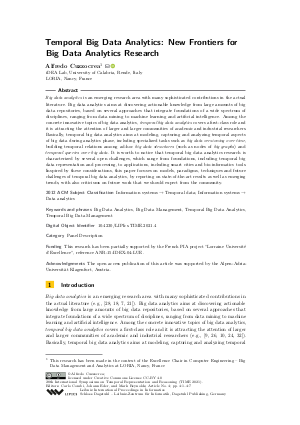LIPIcs.TIME.2021.4.pdf
- Filesize: 0.52 MB
- 7 pages

 Creative Commons Attribution 4.0 International license
Creative Commons Attribution 4.0 International license

































Feedback for Dagstuhl Publishing